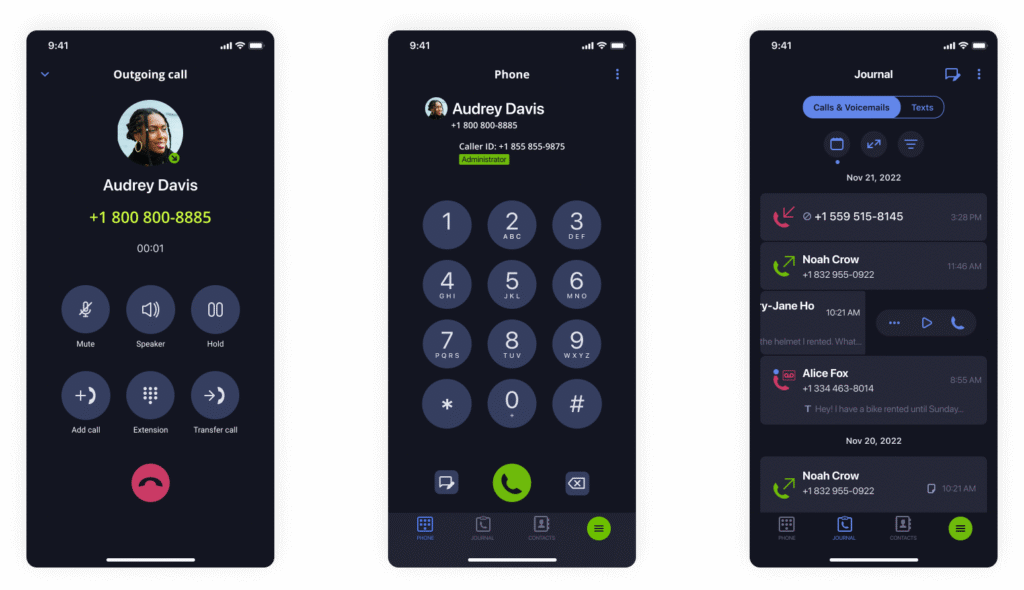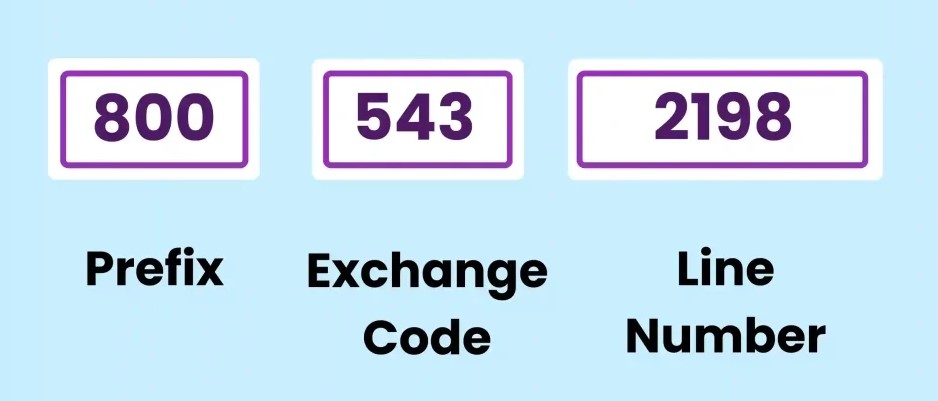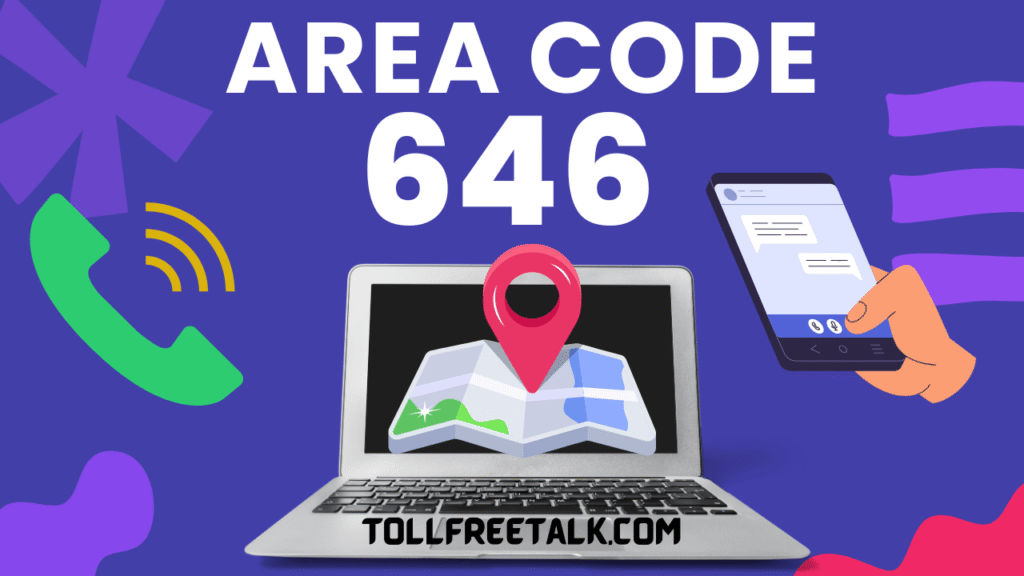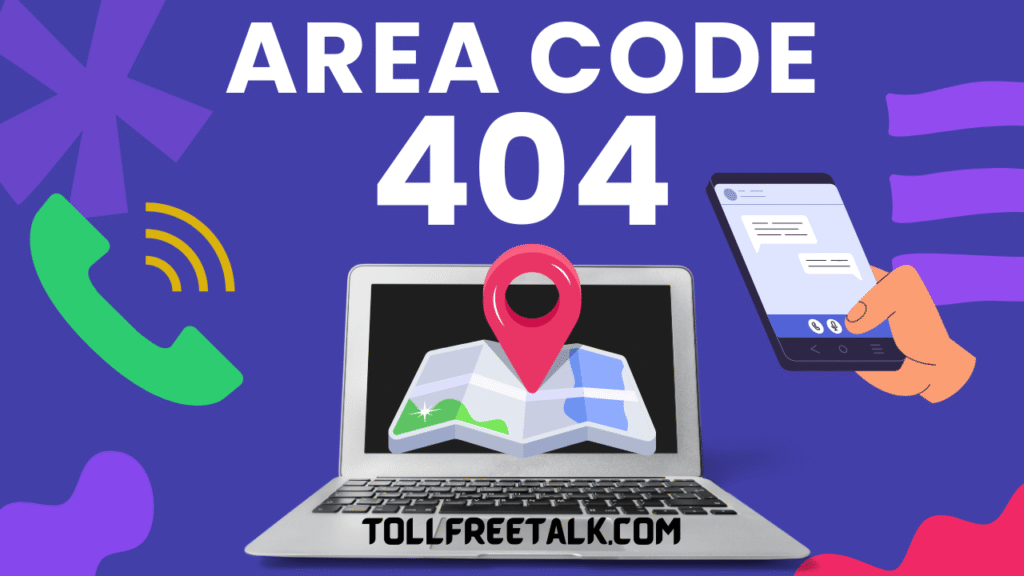Have you ever wondered what the purpose of a call from a number starting with 800 is? What does the 800 area code mean? And where is this number used? And how does it work? Or maybe you’re running a business and wondering if you need one? Confusion around toll-free numbers is common—and many people don’t realize the simple power and purpose behind area code 800.
Here’s a quick answer: Area code 800 is the original toll-free code in North America, allowing customers to call businesses without paying for the call. The company receiving the call covers the charges, making it a trusted way to offer customer service and support.
In this article, we’ll break down what a 1-800 Number is, how it works, and why it still matters today for businesses and users alike.

What Is the 800 Area Code?
The 800 area code was introduced in the United States and Canada in 1966 as a toll-free calling system. It’s non‑geographic—meaning the caller pays nothing, while the recipient (business) covers the call charges. Instead of the person making the call paying long-distance charges, the business that owns the number covers the bill. This model quickly gained popularity, especially among customer service centers and large corporations.
Read also What Is The 646 Area Code?
Today, area code 800 number is recognized as a professional and credible way for companies to stay connected with their customers.
Why is Area Code 800 Toll-Free?
Let’s simplify it. A toll-free number is one that customers can call without being charged. The term “toll-free” literally means there’s no toll (fee) for the person calling.

- Area code 800 was the first toll-free code, and it’s still one of the most trusted. These numbers are:
- Free for callers (in most cases)
- National, not tied to any city or region
- Routed virtually to any device
- Popular among businesses, support lines, and services
Many companies also use call forwarding, auto-attendants, and call tracking behind their 800 numbers, especially when powered by VoIP platforms.
Toll‑Free Location: Where Does 800 Work?
Unlike standard area codes, 1-800 is not tied to any city, state, or time zone. It covers all regions under the NANP, including the U.S., Canada, and parts of the Caribbean. This means calls to an 800 number may be routed anywhere, regardless of the caller’s or recipient’s location.
Does 800 Belong to a Real Location?
No, Code 800 is what we call a non-geographic number. Unlike area codes like 212 (New York) or 310 (Los Angeles), 800 isn’t tied to any city, state, or region.
That means anyone from anywhere in the U.S. or Canada can call the number without paying for it—and without it revealing the company’s actual physical location.
This makes 800 numbers ideal for businesses that want to operate nationally or appear more professional and established.
Read also 404 Area Code
History and Evolution of 800 Area Code
Launched in 1966 as the first non-geographic, toll-free area code. Initially available only to large organizations via Wide Area Telephone Service (WATS). The introduction of RespOrgs and automated routing in later decades made 800 numbers accessible to businesses of all sizes
Are There Other Toll-Free Codes Like 800?
Absolutely. As demand for toll-free numbers increased, more codes were introduced. They all function the same way—free for the caller, paid by the business—but 800 remains the most recognizable.
Other toll-free area codes include 888, 877, 866, 855, 844, and 833
Here’s a quick comparison:
| Area Code | Type | Common Use |
|---|---|---|
| 800 | Toll-Free | Original and most trusted |
| 888 | Toll-Free | Business & support use |
| 877 | Toll-Free | Customer service |
| 866 | Toll-Free | Tech support & service lines |
| 855 | Toll-Free | Marketing & promotions |
| 844 | Toll-Free | Newer toll-free option |
| 833 | Toll-Free | Recently released alternative |
While they all function similarly, many businesses prefer 800 due to its legacy and familiarity among consumers.
How 800 Toll‑Free Numbers Work

- Here’s the typical flow of an 800 call:
- Caller dials 1‑800‑XXX‑XXXX
- Call travels through the toll-free network, routed by time, location, or least-cost logic
- Listen: the business pays the fees, caller bears no charge (except possible mobile airtime)
Calls may be forwarded to landlines, mobile phones, VoIP systems, or multi-department routing systems
Who Uses 800 Numbers?
Area code 800 is used across many industries, including:
- Retail & E-commerce – for order and product support
- Banks & Insurance – for account help or claims
- Healthcare & Clinics – for appointment scheduling
- Tech Support – for troubleshooting services
- Consultants & Freelancers – to appear more credible
- Government Services – for helplines or public info
Even solo entrepreneurs use toll-free numbers to increase trust and accessibility.
Business Benefits of an 800 Number
According to multiple insights from provider sites, here’s why businesses use 800 numbers:
- Builds national brand credibility and trust
- Encourages more inbound calls since it’s free for customers
- Enables marketing tracking and vanity numbers
- Enhances customer satisfaction and lead generation.
How to Get an 800 Number
Getting your own 800 number is simple. You can purchase it directly from telecom or VoIP providers. Some of the most trusted platforms include:
- RingCentral – All-in-one business communication
- Grasshopper – Ideal for small business virtual phone systems
- MightyCall – Great for entrepreneurs and support teams
- Vonage – Flexible VoIP and customer service integrations
- Nextiva – Enterprise-level tools with strong features
Many providers offer free trials or packages starting as low as $10–$20/month. You can even choose vanity numbers like 1-800-PLUMBER for better brand recall.
Is Area Code 800 Safe?
Generally, yes. Most calls from 800 numbers are legitimate. However, scammers can spoof toll-free numbers to trick users into answering. If a call from an 800 number feels suspicious or asks for sensitive data, hang up and contact the company through their verified contact page. Always verify if you’re unsure.
Final Thoughts
Area code 800 is more than just a number — it’s a trust signal. It tells your customers you’re reachable, professional, and serious about communication.
If you’re running a business, using an 800 number can make a real difference in how customers perceive you—and how likely they are to call.
FAQs
Are all 800 numbers toll-free?
Yes, 800 numbers are toll-free for callers in the U.S. and Canada.
Is there a difference between 800 and 888 numbers?
Functionally, no, but 800 is older and more widely recognized.
Can I call an 800 number from outside the U.S.?
Not always. Some numbers may not work internationally depending on the provider.
How much does an 800 number cost to set up?
Prices vary, but many VoIP providers offer toll-free numbers starting from $10–$25 per month.
Is it free to call from a mobile?
Yes, but mobile airtime may still be charged by your carrier.
Can scammers pretend to call from 800?
Yes. Robocallers sometimes spoof toll-free numbers—always verify the caller.
Is an 800 number always free to call?
Generally, yes, within NANP countries —caller doesn’t pay, the business does. Mobile airtime may apply.
Does 800 correspond to a state or region?
No—it’s a national code used across North America.

